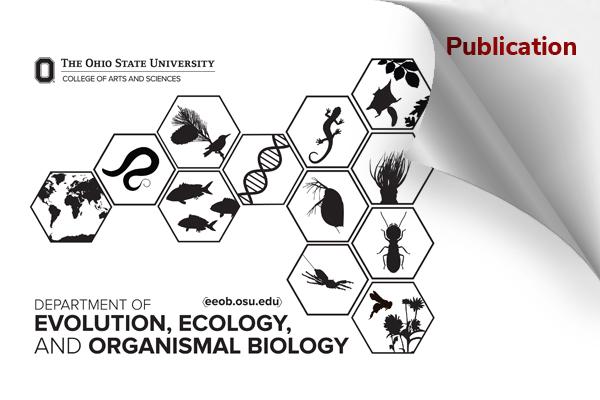EEOB Publication - Denlinger

Trade-offs between Winter Survival and Reproduction in Female Insects
Megan E Meuti, Lydia R Fyie, Maria Fiorta, David L Denlinger. 2024. Integrative and Comparative Biology, icae027, https://doi.org/10.1093/icb/icae027
Synopsis
In temperate environments, most species of insects enter an arrested state of development, known as diapause, that enables them to survive the adverse environmental conditions associated with winter. Although diapause is restricted to a single life stage within species of insects, there are examples of insects that overwinter in the egg, larval, pupal, and adult stages. Here we offer a targeted, non-systematic literature review examining how overwintering impacts subsequent reproduction in female insects. Several factors, including the lifestage at which insects overwinter, the type of energy investment strategy females use for breeding, elements of the winter environment, and contributions from male insects can influence trade-offs that female insects face between overwintering survival and post-diapause reproduction. Additionally, climate change and elements of the urban environment, including light pollution and higher temperatures in cities, can exacerbate or ameliorate trade-offs faced by reproducing female insects. Better understanding the trade-offs between overwintering survival and reproduction in insects not only enhances our understanding of the underlying physiological mechanisms and ecological processes governing diapause and reproduction, but also provides opportunities to better manage insect pests and/or support beneficial insects.
